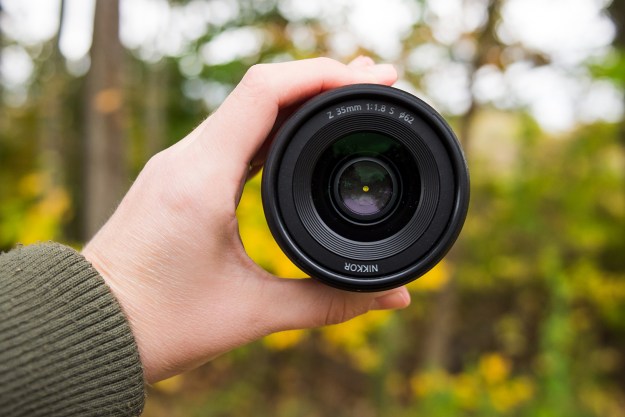Paracord might not be on the level of duct tape when it comes to fixing things, but its versatility is nothing to be scoffed at. Originally designed to be used in the suspension lines of parachutes, the braided nylon material has since been used in almost every application imaginable.
Today, we get a glimpse into just one of those clever uses, thanks to Caleb Pike of DSLR Video Shooter. In his latest video, Pike shows how a few small pieces of paracord can be used to upgrade the zippers of your camera bag.
In my years as a writer and photographer, I’ve used and tested dozens of camera bags. One detail that I almost always see companies overlook is the zippers. Considering zippers are what give access to the gear stored inside, one would think they’d be a priority, but the fact of the matter is, they’re often overlooked.

Specifically, the complaint I have most often is that the zippers are hard to find and even more difficult to get a hold of, especially in less-than-ideal situations, where gloves or moisture might be a factor.
As Pike shares in the two-minute video, a simple solution to fixing this problem is to create custom paracord pull tabs for camera bag zippers. All it takes is some paracord, a pair of scissors, a lighter to melt the ends, and a little knot know-how.
Paracord costs mere pennies per foot of the material and it comes in all kinds of colors to fit your needs.
For this particular project, Pike opts for bright green paracord, a solid option for making zippers easy to find in a hurry. If you’re looking for something a little less obvious to prevent theft, you might be better off picking up a color that matches your bag.
Editors' Recommendations
- The best camera bags
- The best waterproof camera bags
- The Moment camera bag is literally made from sails for built-in waterproofing
- Zoom, prime, wide, or telephoto? Here’s how to pick your next camera lens
- How to make a pinhole camera and develop your own photos at home




